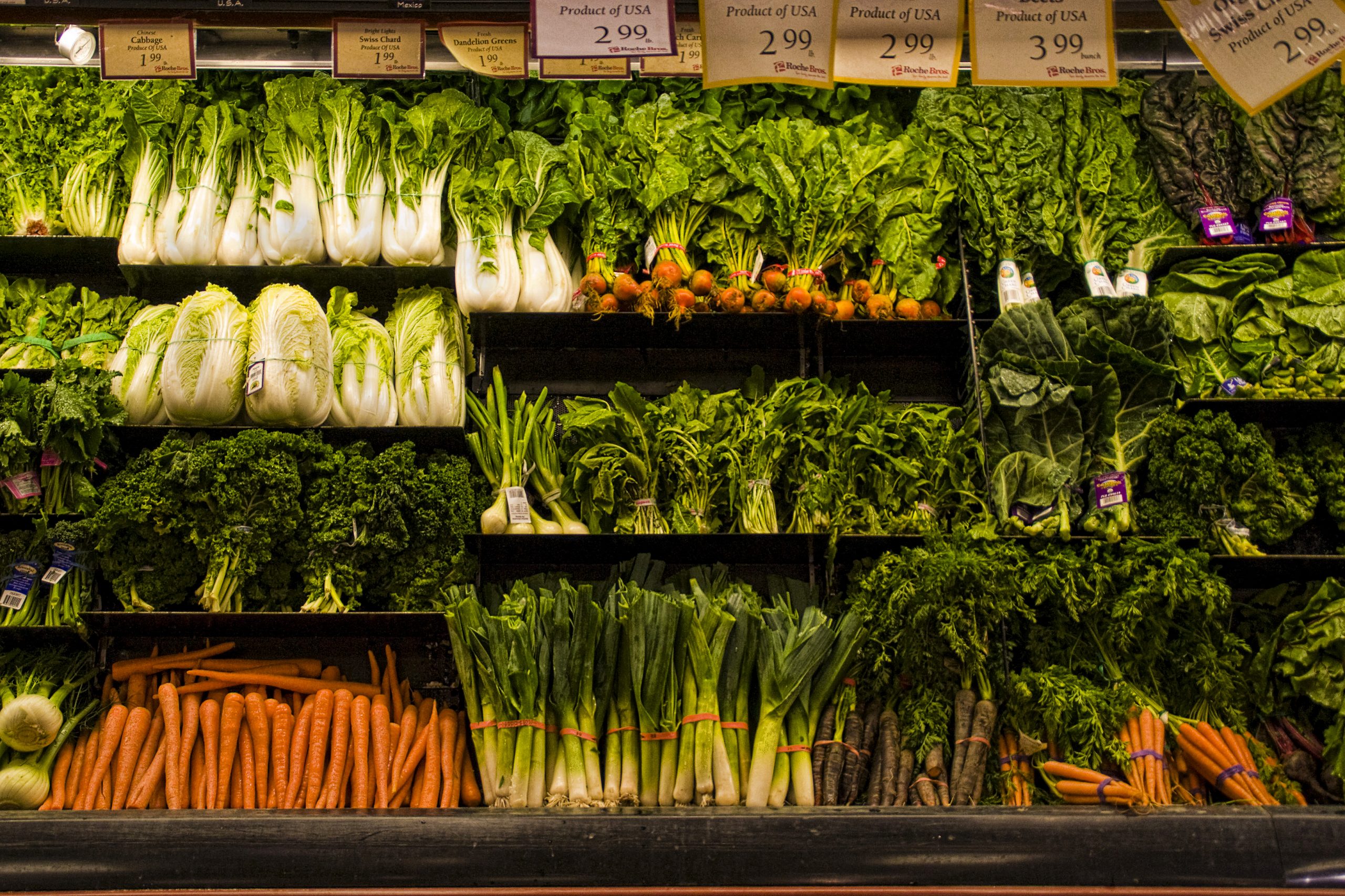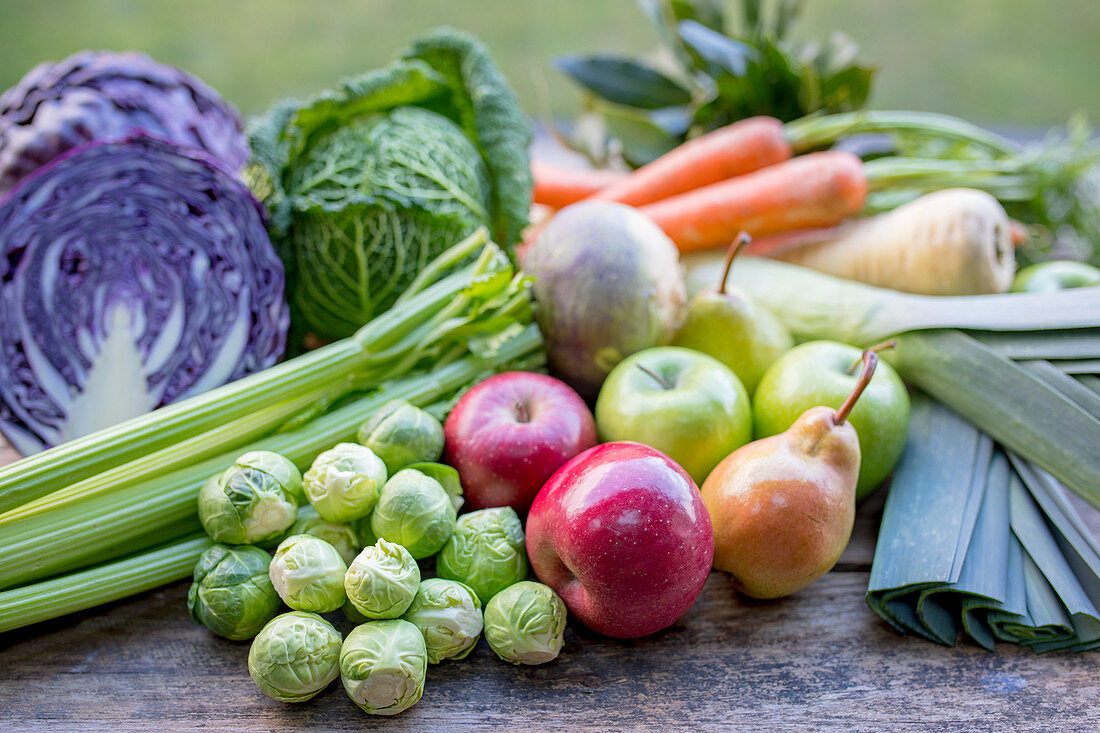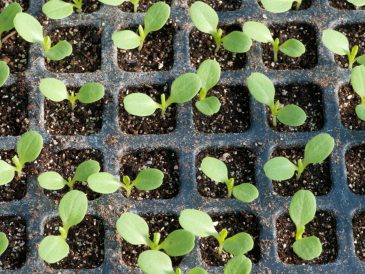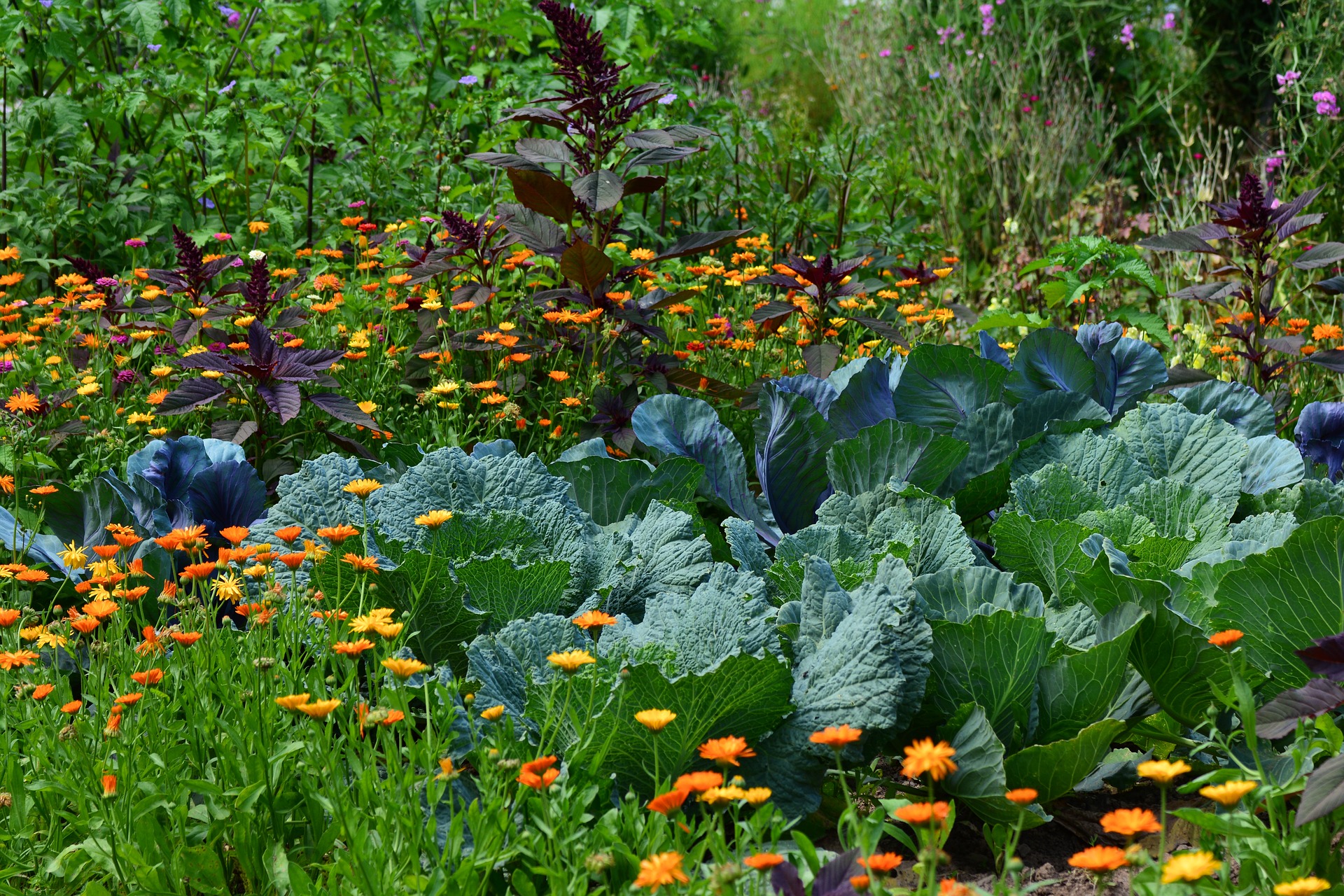What’s the most exciting moment in K-dramas? Not that romantic confession or that passionate kiss. Neither when the main romantic leads turn out to be half-siblings nor when the killer is revealed to be the main protagonist. But, rather, it’s those yummy foods that keep our stomach growling and growling to no end.
So, if you fancy the idea of growing your own Korean vegetables, here’s what you should start with.
#1. Korean Bunching Onions
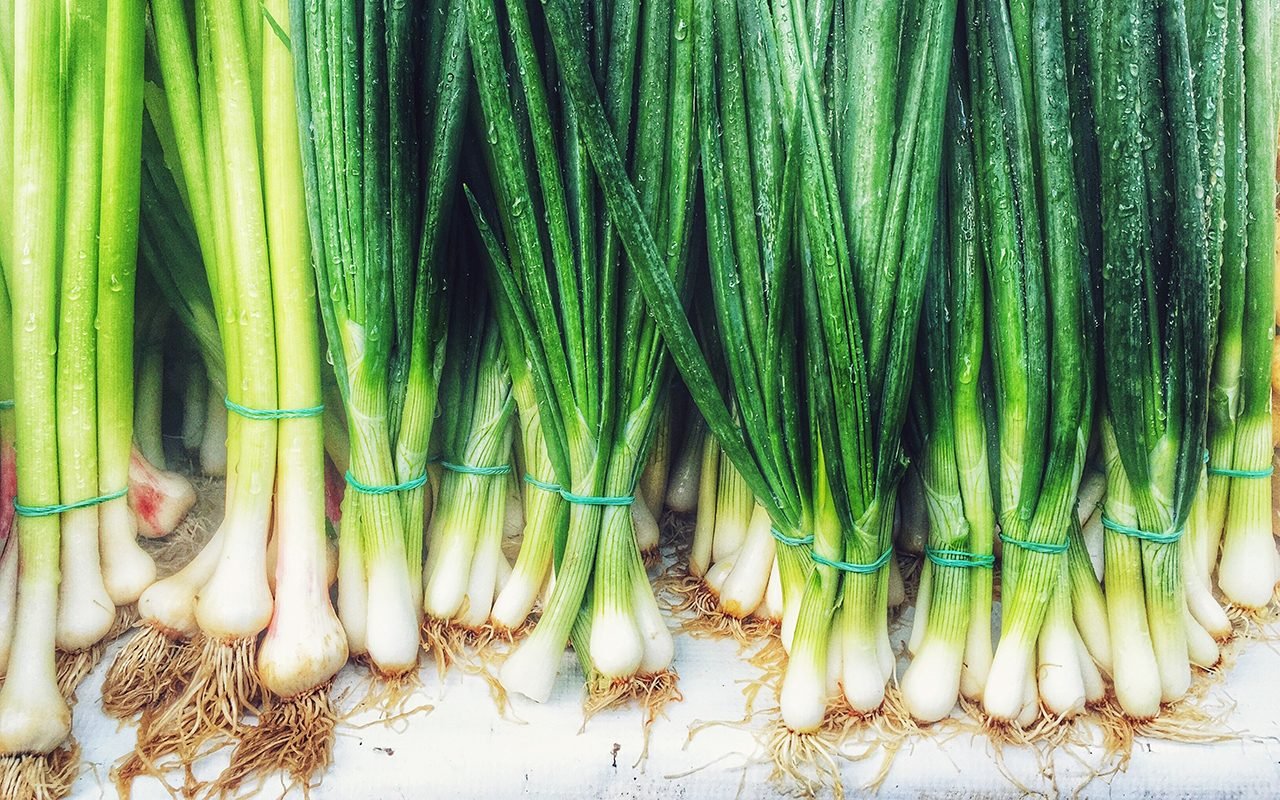
You must have seen or heard about purplette onions – these mini purple-red skinned onions. Korean bunching onions, also known as Jjokpa, are a bit like purplette onions, although they do not have that deep purple color. They are more a cross between shallots and green onions. They have thick and hollow (without forgetting yummy) green stems, leaves with a mild onion flavor and greenish-white flowers that have a more intense flavor.
This vegetable that is much loved by Koreans, Japanese and Chinese is not easy to find in the West. In Korea, you will find it mostly in the famous kimchi, while in China, they like to add it to rice, noodle dishes, soups and stir-fries and in Japan, they prefer it pickled.
Dating back to at least 200 BC, this hardy year-round vegetable can also be used to boost metabolism, treat cardiovascular disorders and combat against colds and upper respiratory infections.
Tips for growing them:
- Look for a spot in full sun or partial shade and sow the seeds in well-drained soil.
- Regular watering is recommended as well as liquid feed such as comfrey tea or fish fertilizer (at least once in a week).
#2. Korean Perilla Leaves

Being a herbivore, how can it be possible that I salivate every time I watch Koreans eat their delicious barbecued thin pork or beef slices wrapped in tasty perilla leaves? I am telling you, these K-dramas will be the end of me!
But, for now, let’s forget about that yummy-yummy carnivorous stuffing and think about the greenery.
Perilla leaves are traditional Korean herbs that come from the mint family. The broad and rounded leaves are favored by Koreans due to their strong aroma and grassy flavor of licorice. But, compared to Koreans, in Japan, they prefer shiso (a smaller herb that also comes from the mint family).
Here’s what you can do with the perilla leaves:
- Enough of salivating in front of your screen. Grow your own perilla leaves so as you can have your own barbecue and duly wrapped pieces of meat with kimchi, radish and sauces.
- Perilla leaves can also be used to make Gamjatang, a super spicy Korean pork bone soup, which is just perfect for cold seasons.
- You can also go classic with Korean Banchan, also called Pickled Perilla leaves. Seasoned with soy sauce, garlic and Korean chili flakes (the famous Gochugaru, as mentioned in the previous article), this is a very easy-to-make recipe.
- You can also stir-fry them in a batter of flour and eggs and add garlic and veggies to the combination.
Tips for growing perilla leaves:
- It should be sowed in a spot with full sun or partial shade.
- Moderate watering is recommended.
#3. Korean Chives

Due to their self-propagating characteristic, chives are known as the easiest plants to grow. However, Korean Chives, also known as Korean Buchu, is quite different from the regular chives that you are familiar with. With their broad flat leaves and tiny, star-shaped flowers, they have a more robust and more wonderful garlic flavor as compared to regular chives.
Also called sometimes as garlic chives, Asian chives or Chinese chives, they are low in fat, high in dietary fiber and packed with Vitamin B1, B2 and C. Widely used in Korean cuisine, they should be wrapped in a plastic bag right after use or after being bought as they can go rancid very quickly. This is why most Korean started to grow their own chives at home.
Tips for growing Korean Chives:
- Do not, I repeat, do not ever grow garlic chives during cold, wintery seasons.
- The best location to grow these chives is a nice spot in full sun to partial shade.
- Regular watering is recommended.
There’s not one K-drama where I didn’t drool over some seriously delicious food. Enough of the craving and stomach growling. It’s time to sow and harvest some “K-drama cuisine.” What do you think?

